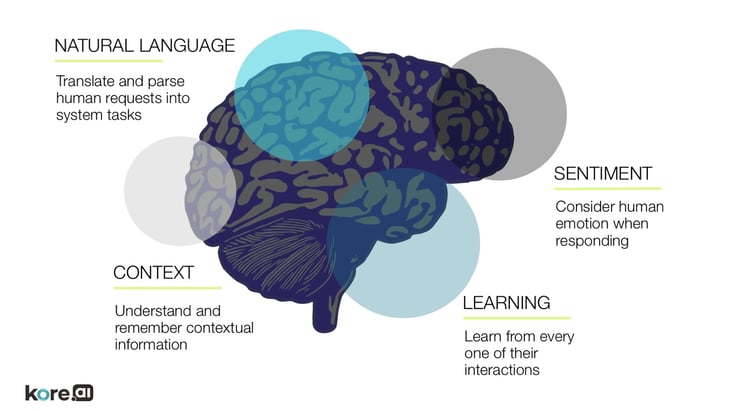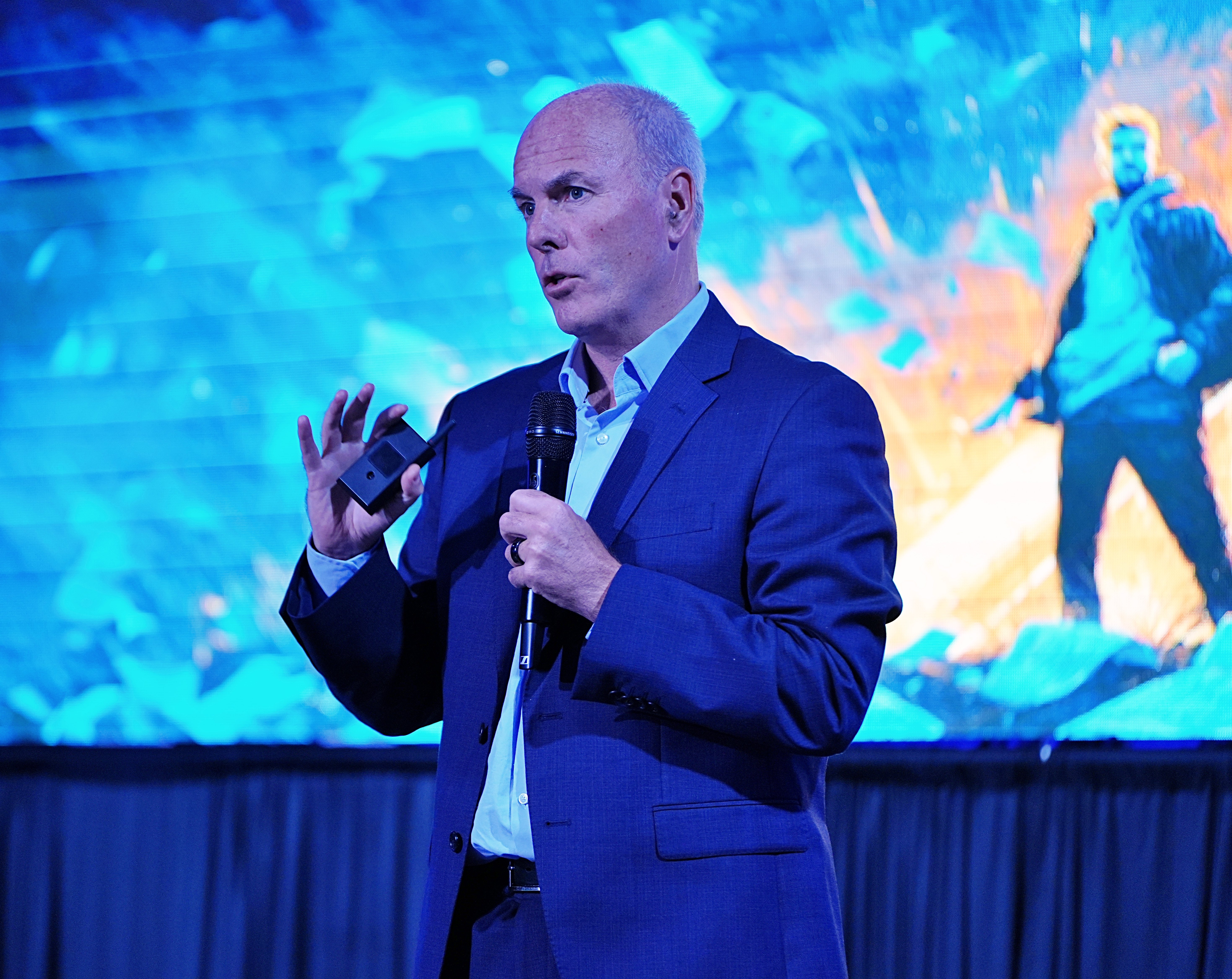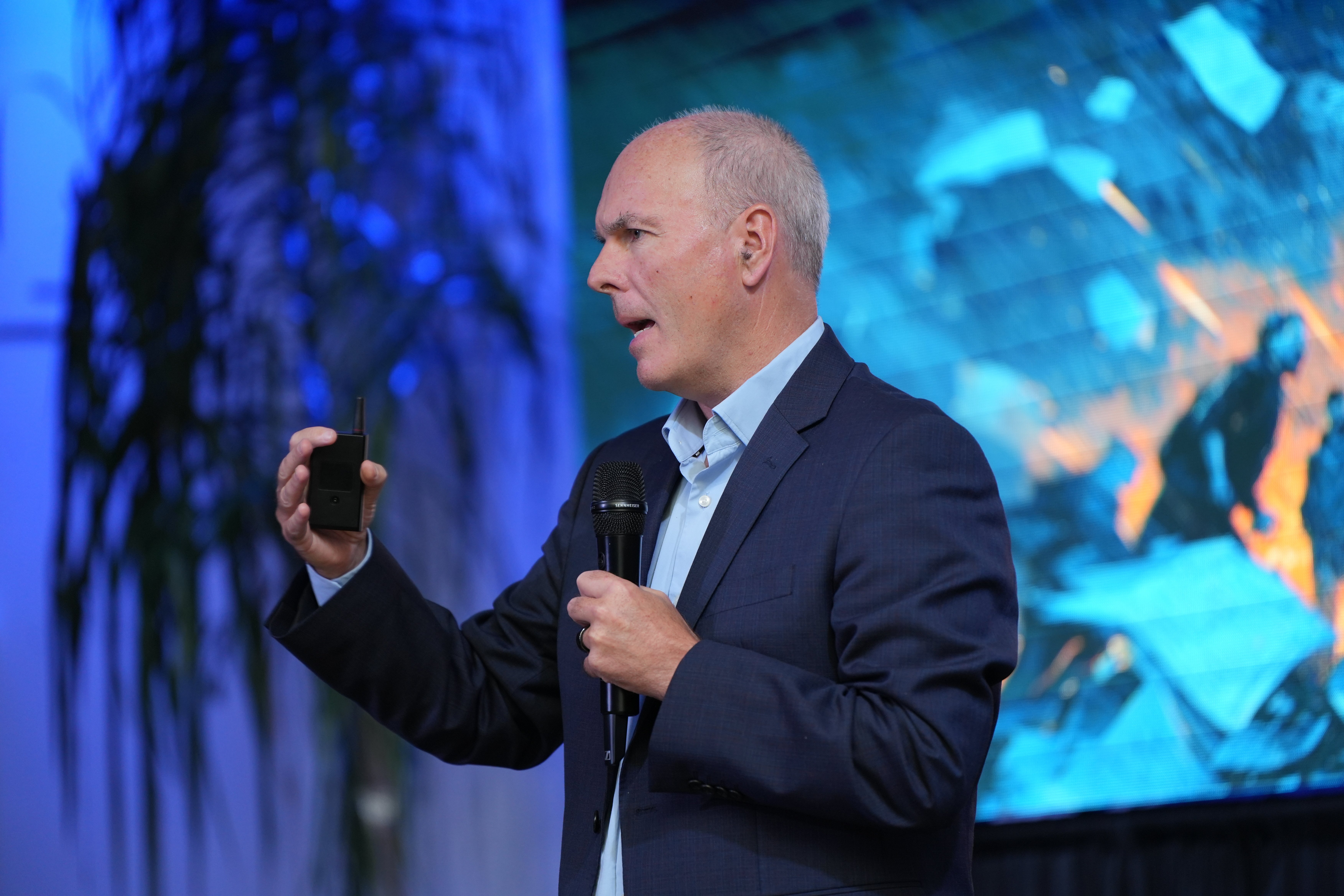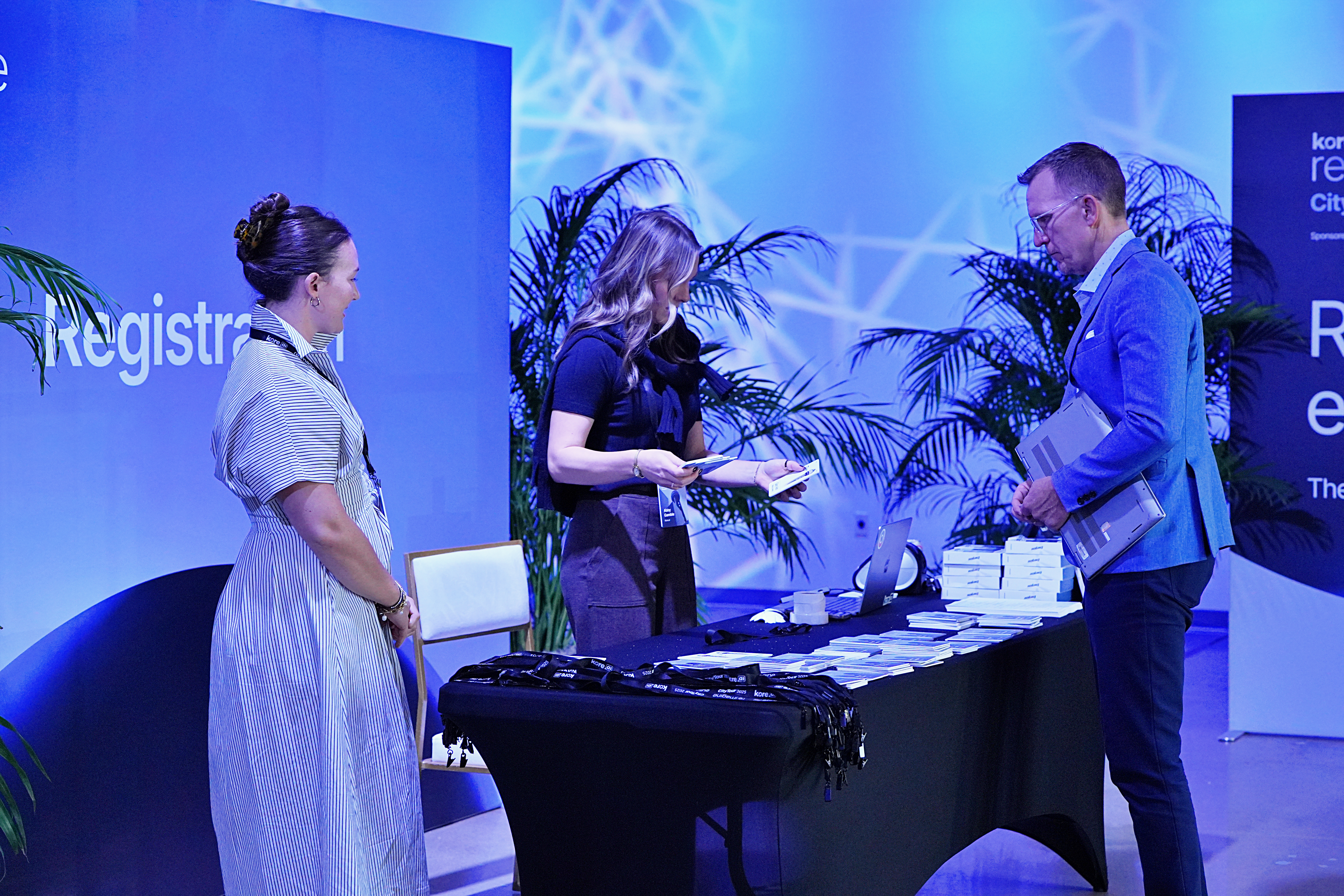Rapid technology growth impacts more than just the tech sector. One profound example is the soon to be available digital copy of an entire human genome for medical treatment. As our technology driven world advances, it’s easy to get caught up in the magic of hundreds of lines of code transforming into a living software ecosystem. Professionals with non-technical experience might be quick to think “I’ve chosen the wrong profession” and dream of being a developer when they grow up. Not so fast.There’s more to that story.
Departmental silos collide.
Some tech professionals yearn for the day product development, marketing, and sales sit in a circle, hold hands, and sing kumbaya. Chuckle, but the reality is forward-thinking enterprises are aiming for this alignment now. Even on the Kore.ai marketing team the collision of silos has started, and chatbots are the catalyst.
Also Read: What Goes into Making a Successful NLP Design for Chatbots |
Teach an old bot new tricks.
Developing chatbots can be straightforward. Designing smart bots is tricky. Natural language processing (NLP) is an integral part of a bot’s performance, and its personality. A smart bot starts with a solid foundation - a well developed NLP engine. Further optimizing a bot to understand customer intent and converse accordingly takes extra effort - like training.
A dog sits on command because it recognizes what the command means. Similarly, a bot must recognize intent when a person asks it to complete a task. What happens when you tell your pup to squat, but he only understands sit? He won’t recognize the intent, and will fail to complete the task. Bots aren’t that different. Surprisingly, your marketing department likely has a few “bot whisperers” on staff today. The Kore.ai team did.
Once an “old bot” masters its basic commands, someone must teach it additional variations of that same command. Kore.ai’s marketing team partnered with our development organization to program synonyms and like phrases into our NLP engine. For example, if you ask a weather bot “What is the weather?” the bot will know you’re asking for the forecast. However, if you say something like “is it raining cats and dogs?” the bot could become confused if not trained properly.
Also Read: Chatbot NLP: Adding an Insurance Policy to Machine Learning |

Also Read: Natural Language Processing 101: A (Mostly) Jargon-Free Guide To NLP And Its Role In Modern Consumerism |
To understand how to optimize NLP for your bot(s) you must first understand your customer, their needs, and the language they use. That’s the key, because even though your developers may anticipate how they want the bot to be spoken to, it rarely if ever, will line up exactly how a customer will speak. Next, development teams partner with marketing and business analysts to iron out all the language barriers.
Once we taught the bot all the possible commands we could think of, it operated with a 90%+ success rate. All it took was thought, collaboration, and little extra TLC.
Ready to check it out yourself? Connect with us and take a demo.











